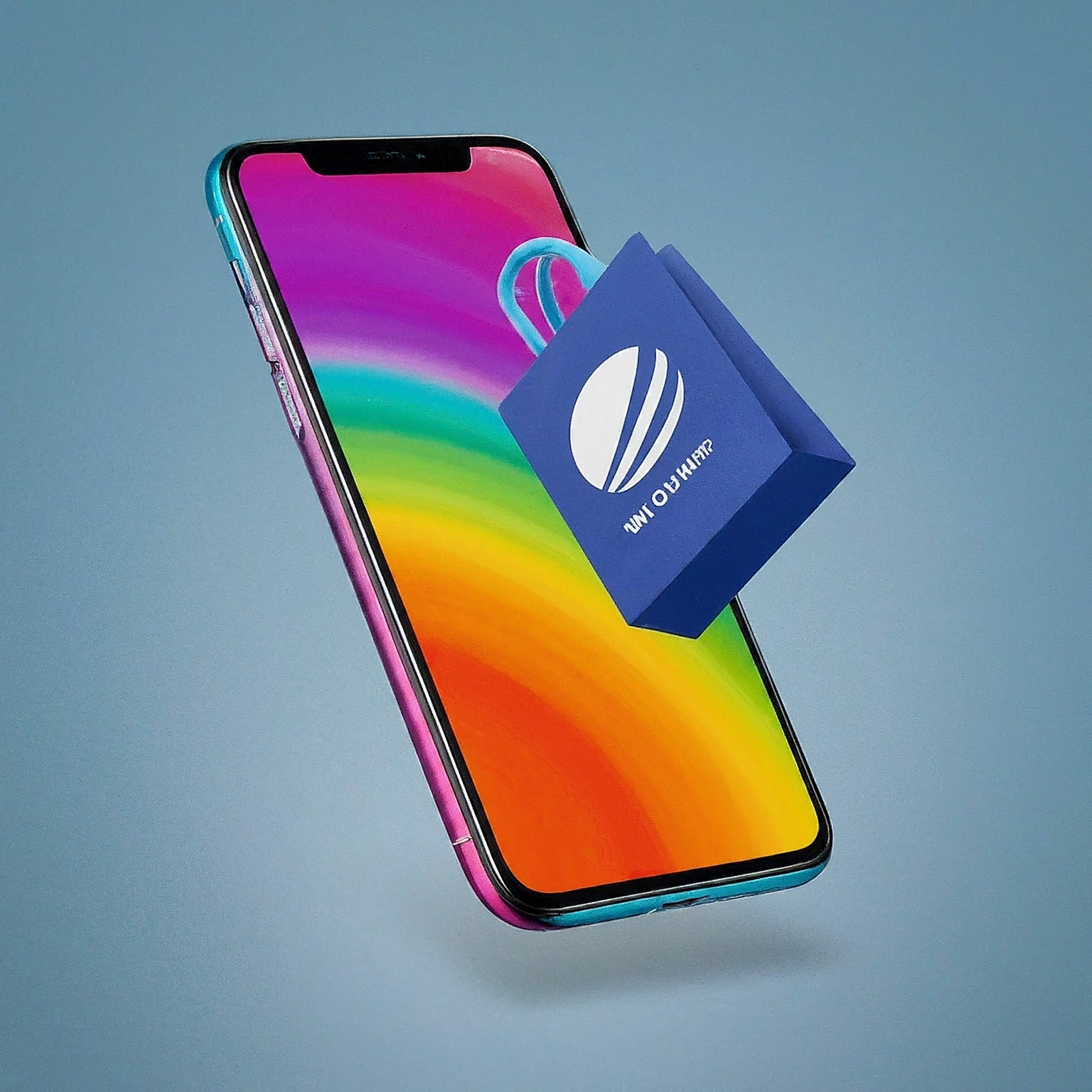For many, the idea of a traditional landline internet connection feels antiquated. With the rise of mobile data and powerful cell networks, a new breed of internet access has emerged: AT&T Wireless Internet. This service offers a convenient and potentially cost-effective way to connect your home to the web, but it’s not without its limitations. This comprehensive guide will delve into everything you need to know about AT&T Wireless Internet, helping you decide if it’s the right fit for your needs.

What is AT&T Wireless Internet?
AT&T Wireless Internet, also known as AT&T Internet Air, is a fixed wireless home internet service. Unlike traditional internet delivered through cable or fiber optic lines, AT&T leverages its existing cellular network to bring internet connectivity to your doorstep. This is achieved through a special device called a wireless gateway which receives cellular signals and converts them into a Wi-Fi network for your home.
How Does AT&T Wireless Internet Work?
The concept behind AT&T Wireless Internet is relatively simple. Here’s a breakdown of the process:
- Cellular Network: AT&T utilizes its cell towers to broadcast internet data over its cellular network.
- Wireless Gateway: Installed in your home, the gateway receives these cellular signals.
- Wi-Fi Network: The gateway converts the received cellular data into a Wi-Fi signal, creating a wireless network for your devices.
This setup eliminates the need for physical cable or fiber optic lines to be installed in your home, making it a potentially faster and more convenient option compared to traditional installations.
Benefits of AT&T Wireless Internet
There are several advantages to consider when evaluating AT&T Wireless Internet:
- Fast and Easy Setup: Since no physical line installation is required, setting up AT&T Wireless Internet is typically quicker and less disruptive compared to traditional options.
- Increased Flexibility: As the service relies on the cellular network, it offers greater flexibility in terms of location. It can be a viable option in areas where traditional internet infrastructure might be limited.
- Potentially Lower Cost: In some cases, AT&T Wireless Internet may offer lower introductory pricing compared to traditional cable or fiber optic internet plans.
Things to Consider Before You Subscribe
While AT&T Wireless Internet boasts certain advantages, there are also limitations to keep in mind:
- Data Caps and Throttling: AT&T Wireless Internet plans often come with data caps, meaning there’s a limit to how much data you can use each month. Exceeding this limit can result in throttling, which significantly slows down your internet speed.
- Reliance on Cellular Signal Strength: The performance of AT&T Wireless Internet heavily depends on the strength and consistency of the cellular signal in your area. Weak signal can lead to slow speeds and unreliable connections.
- Latency Issues: Cellular networks generally experience higher latency compared to wired connections. This can be a disadvantage for activities like online gaming or video conferencing that require real-time responsiveness.
Who Should Consider AT&T Wireless Internet?
AT&T Wireless Internet might be a suitable choice for:
- Light Internet Users: If you have a small household with limited internet usage (browsing, email, occasional streaming), data caps might not be a major concern.
- Those in Remote Locations: In areas with limited access to traditional internet infrastructure, AT&T Wireless Internet can offer a reliable connection.
- Budget-Conscious Users: For those seeking a potentially lower introductory price compared to traditional internet plans, AT&T Wireless Internet could be a temporary solution.
Alternatives to AT&T Wireless Internet
Before making a decision, it’s wise to explore other internet service providers (ISPs) in your area and compare their offerings. Here are some alternatives to consider:
- Cable Internet: Widely available and often offering good speeds, cable internet is a strong competitor to AT&T Wireless Internet. However, data caps might also be present in some cable plans.
- Fiber Optic Internet: The gold standard for internet connectivity, fiber optic offers exceptional speeds and reliability. However, its availability is more limited and can be more expensive.
- Satellite Internet: For those in truly remote locations, satellite internet offers a connection option, but it suffers from high latency and can be quite expensive.
Making an Informed Decision
Ultimately, the decision to choose AT&T Wireless Internet depends on your individual needs and priorities. Consider your internet usage habits, budget, and location when weighing the pros and cons. Here are some key questions to ask yourself:
-
How much data do I typically use per month?
-
Is a strong and consistent cellular signal available in my area?
لا تعليق